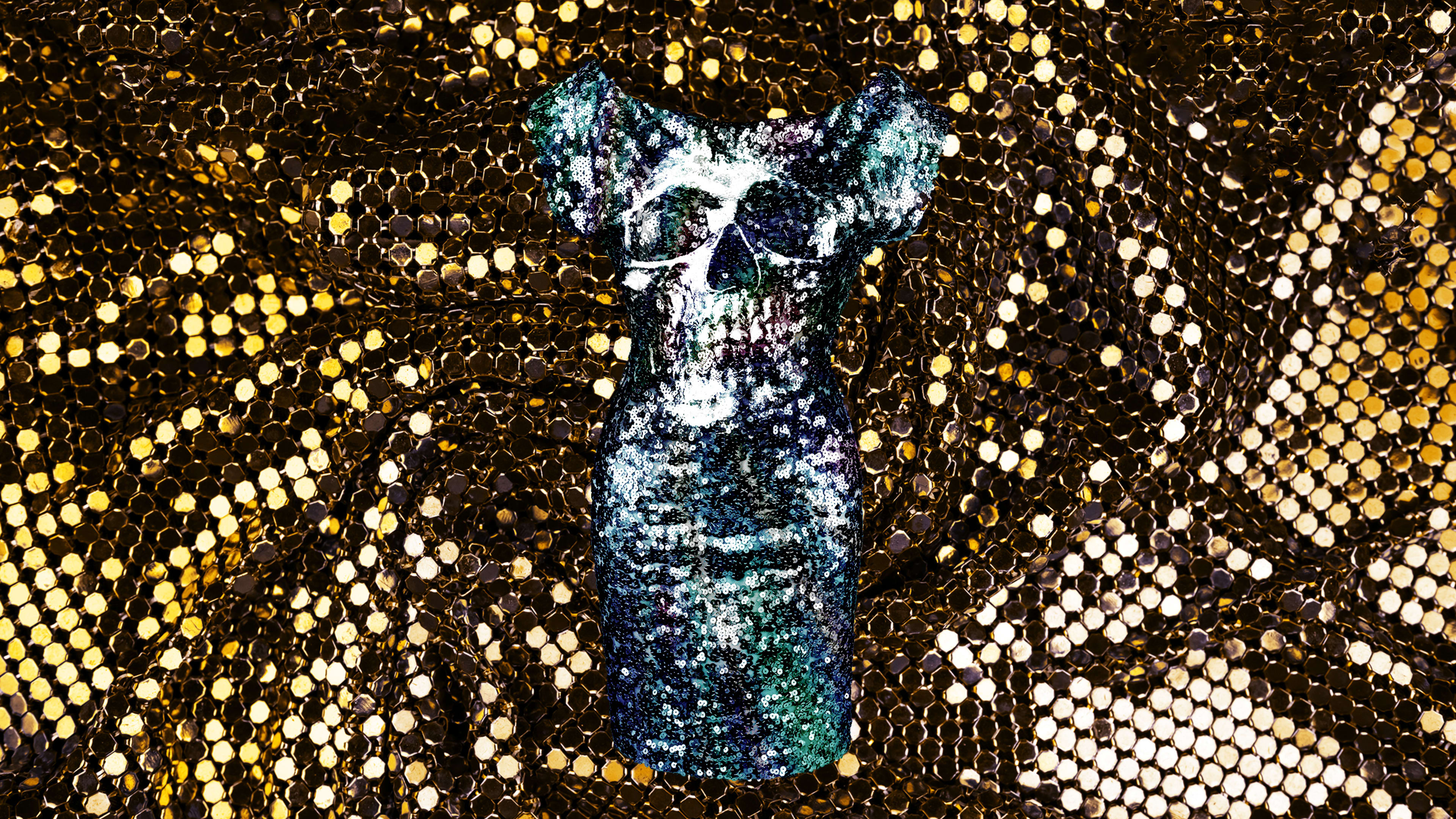Look, I don’t want to bum you out. But maybe don’t buy anymore sequin dresses to go out clubbing or to look festive at your holiday party. The current sequins on the market are made from plastic and they’re truly terrible for the environment.
I get it. Sequins are the best. Humans are literally preconditioned to love sparkly, glittery things. Evolutionary biologists say that it’s because our ancestors had to locate fresh water for survival, which involved being attuned to light reflecting on its surface. In the modern world, we have potable water gushing out of our faucets. So we take this survival instinct and pour it into sequin-covered miniskirts, tutus, and heels.
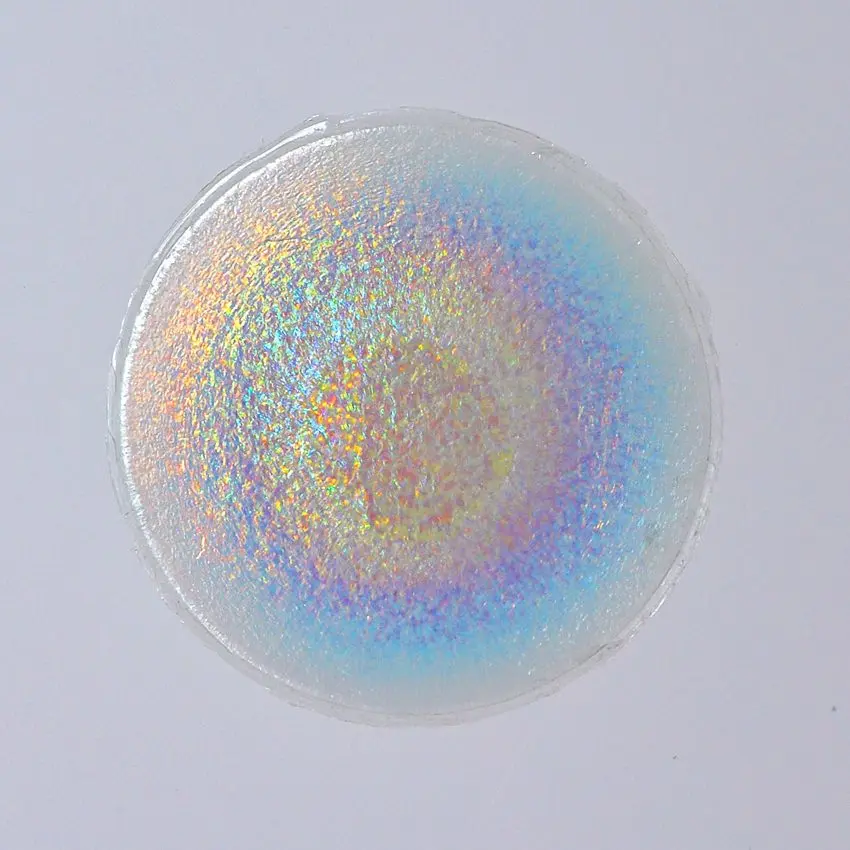
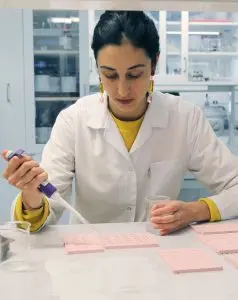
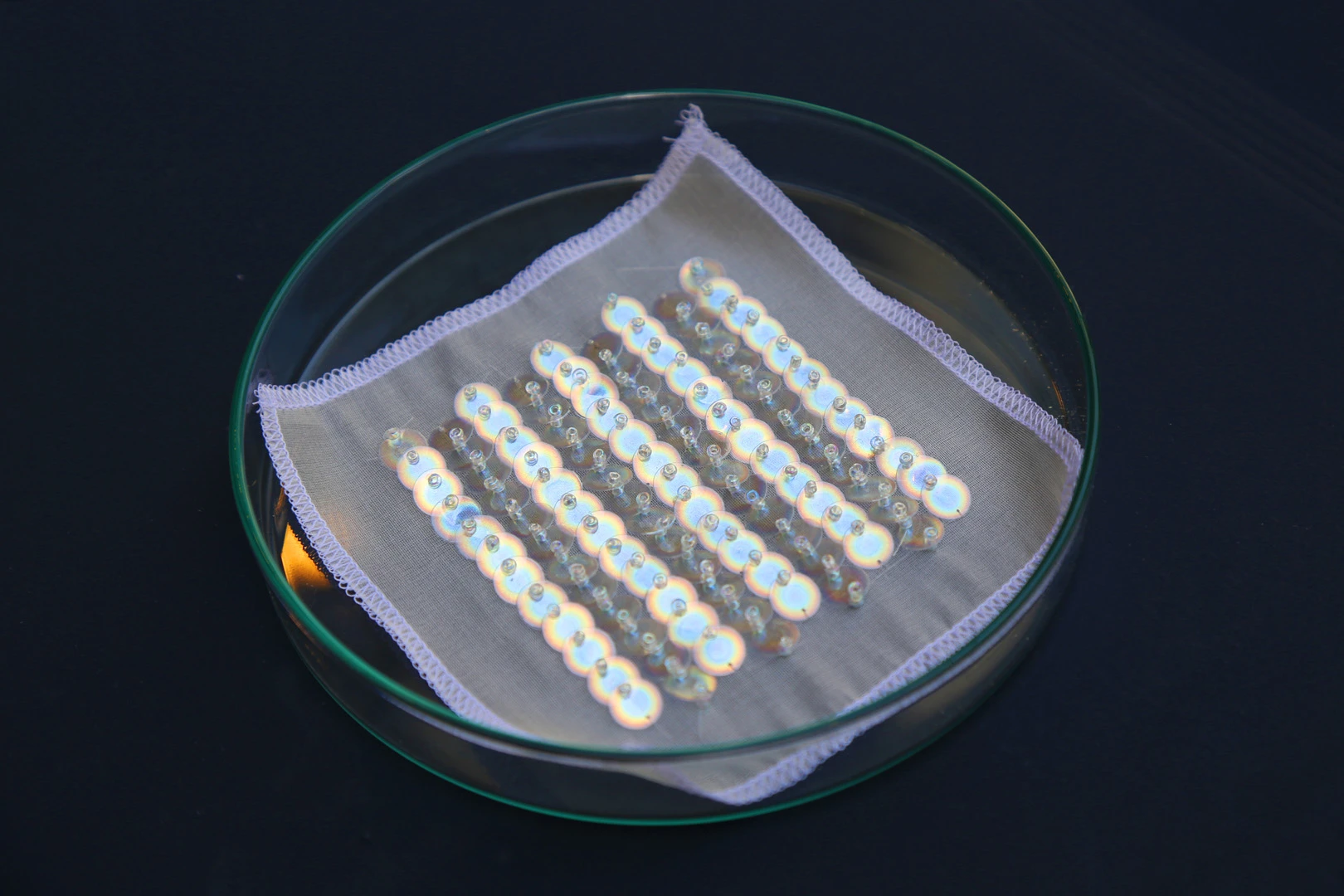
And yes, these sequins are just as sparkly and fun as the plastic sequins on the market. Tree-based cellulose, which can be extracted from any tree, happens to have a polymer structure that reflects light. “The color is a result of the material nano-structure, so there are no chemicals or colorants added to create the colorful shimmering effect,” she says.
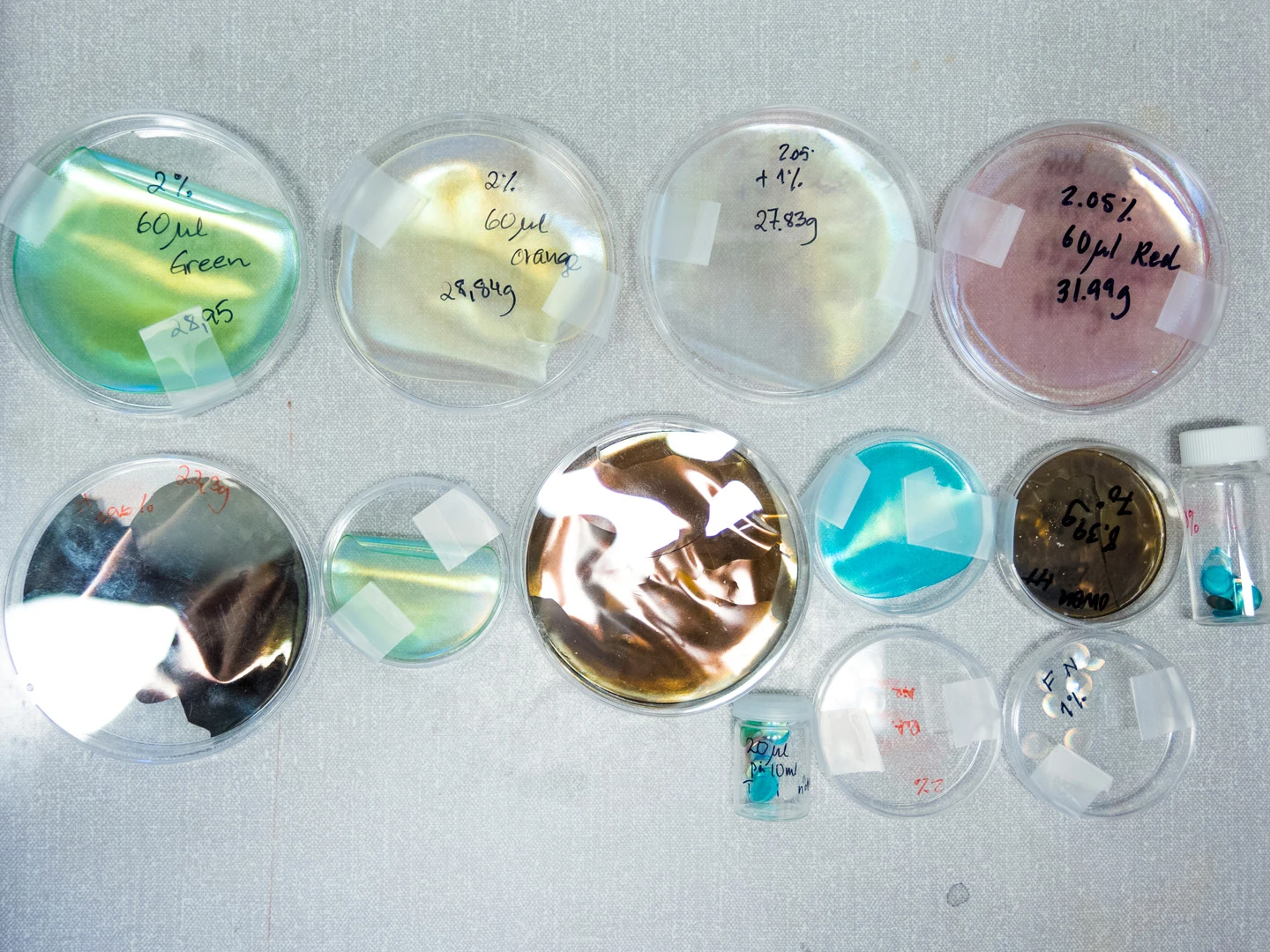
After realizing she could use cellulose, Brunato worked with material scientists Hjalmar Granberg and Tiffany Abitbol from the Research Institute of Sweden to pour the liquid-based cellulose into a mold that looks very similar to the sequins we find in the fashion industry when it hardens. They are strong enough to be sewn into garments, but they will eventually biodegrade.
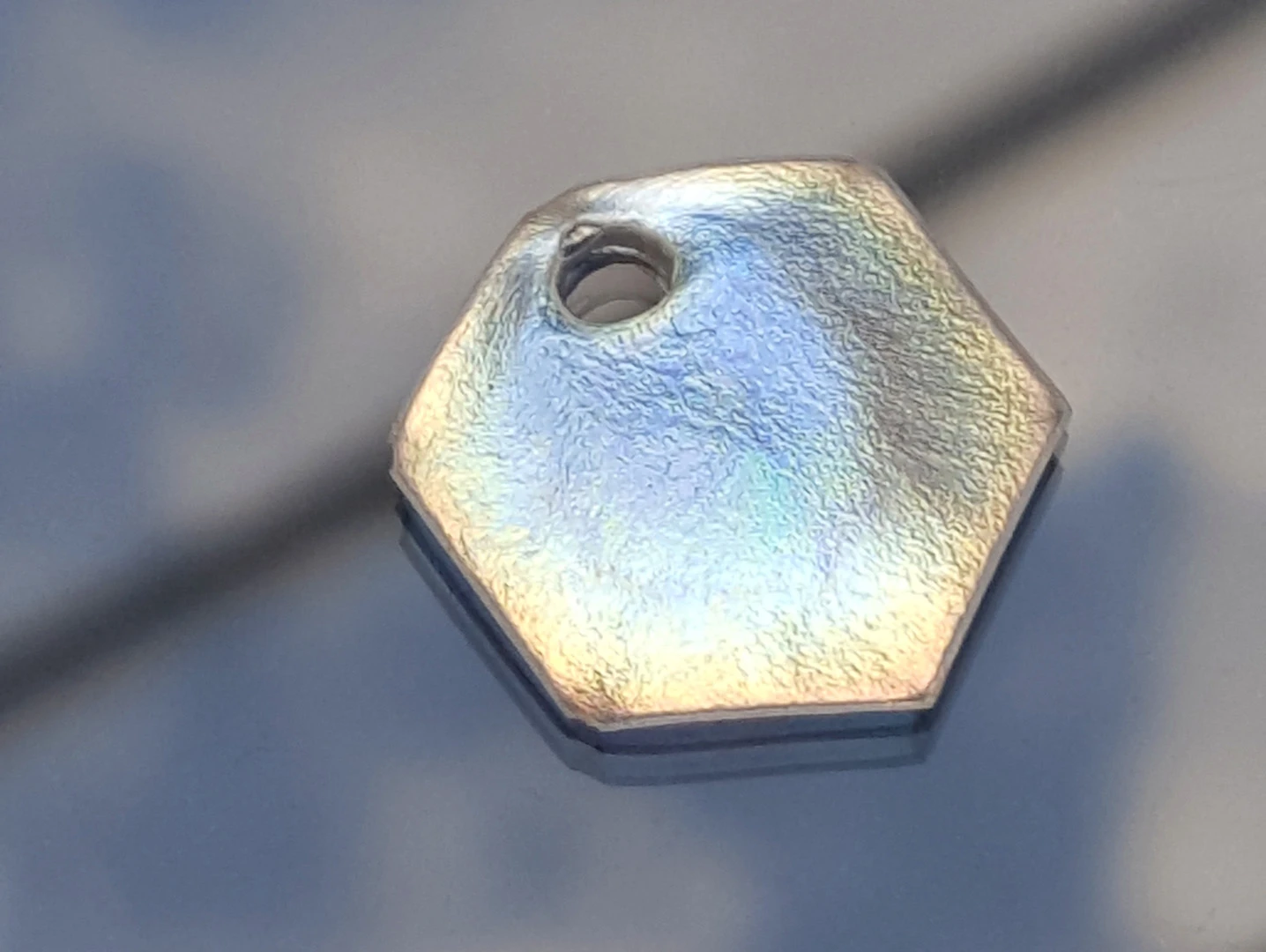
According to the Global Fashion Agenda, a sustainability nonprofit, 75% of consumers now view sustainability as very important. Brands across the industry, from Everlane to Adidas, have been particularly focused on their plastic usage. A plastic-free sequin could be attractive to them. Who doesn’t love a sweater or a sneaker with a little pizzazz?
Recognize your brand’s excellence by applying to this year’s Brands That Matter Awards before the early-rate deadline, May 3.
